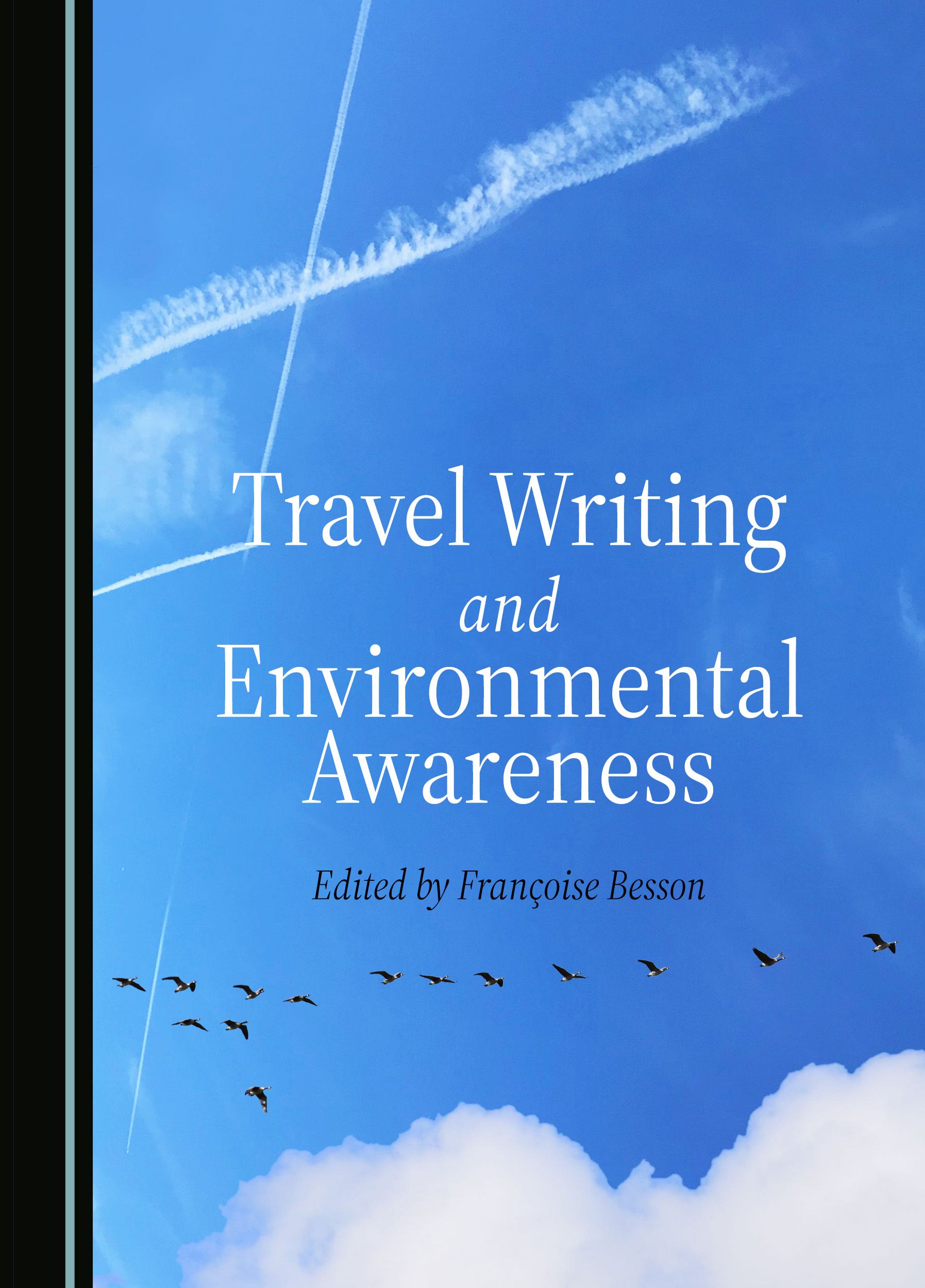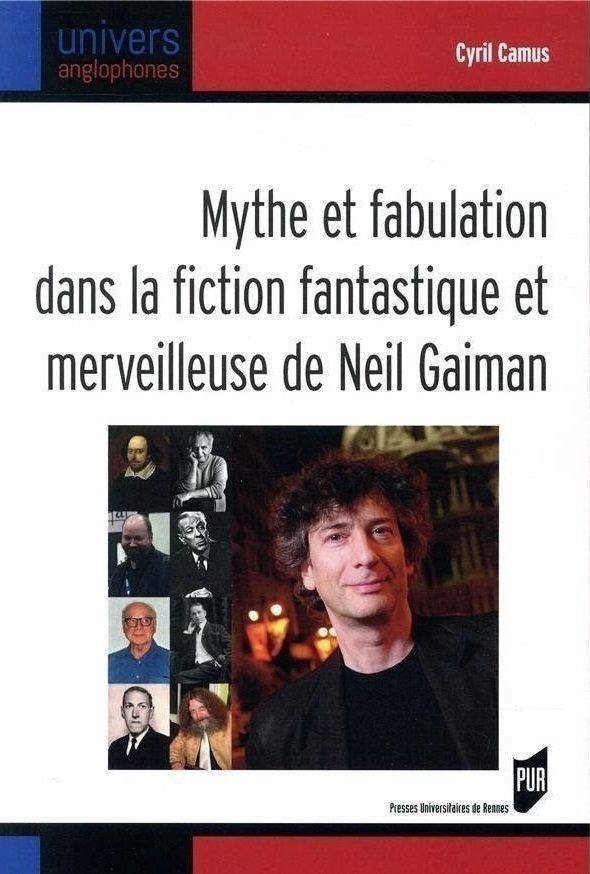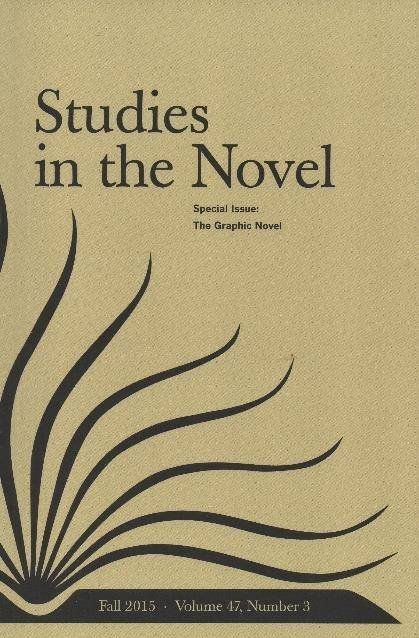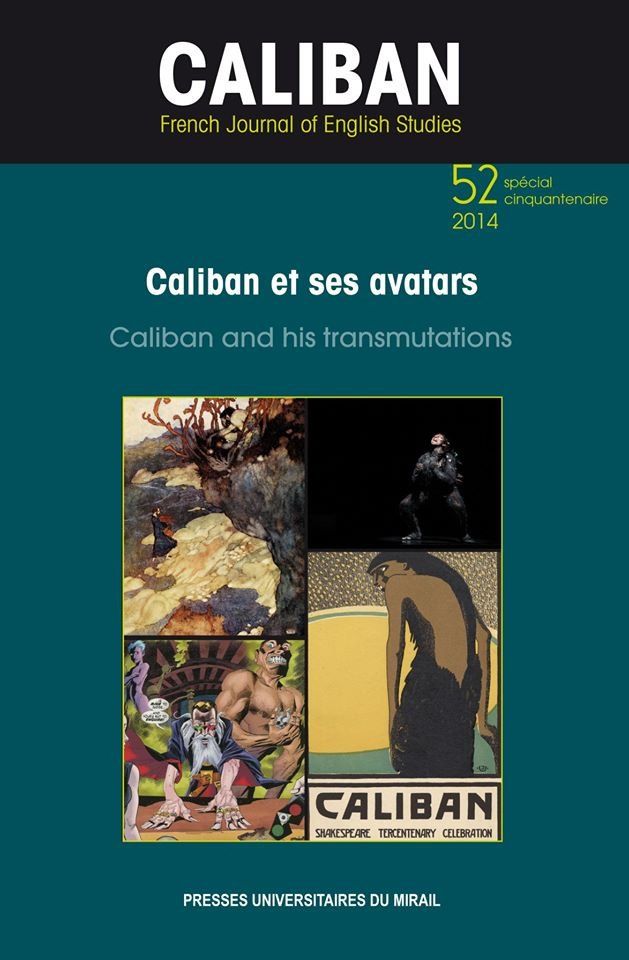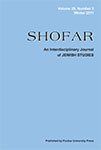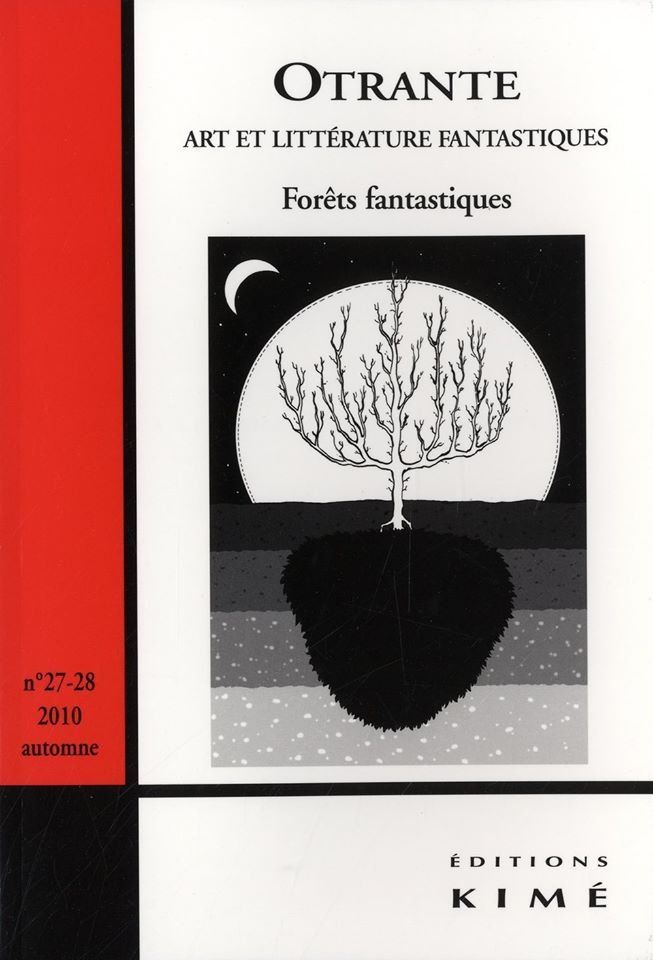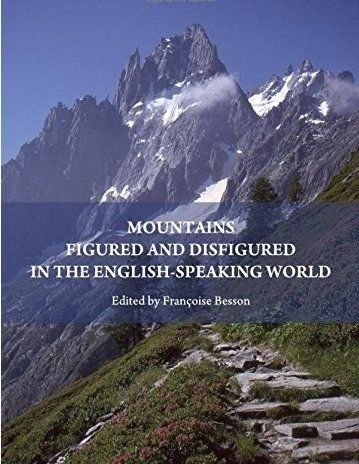This multi-authored collection, published by Cambridge Scholars Publishing on August 29, 2023 and edited by Françoise Besson, contains my paper "How Bugs, Monarchs and Trees Shape Human Fate and Experience in Peter Kuper's Diario de Oaxaca and Ruins".
This article focuses on the relationship with the environment (sometimes "anthropocentric", sometimes "biocentric" or at least "lococentric" (notions borrowed from US ecocritic Lawrence Buell)), which is developed in two graphic works that American comics author and cartoonist Peter Kuper created about his stay in Mexico from 2006 to 2008: the real-life sketchbook journal Diario de Oaxaca (2009), and the fictional graphic novel Ruins (2015).
This reflection involves, among other things, an analysis of images, and in particular the use of graphic saturation, particularly on a thematic level (with the role given to animals and plants in general, to “bugs” in particular) in two graphic narratives aimed at immersing the reader in the colorful and vibrant and teeming world of Mexico as Kuper experienced it.
The book’s page on the publisher's website:
https://www.cambridgescholars.com/product/978-1-5275-1287-0
Diario de Oaxaca’s page on its publisher's website: https://pmpress.org/index.php?l=product_detail&p=894
Ruins’s page on its publisher's website:
MIRANDA
REVUE PLURIDISCIPLINAIRE DU MONDE ANGLOPHONE
MULTIDISCIPLINARY PEER-REVIEWED JOURNAL ON THE ENGLISH-SPEAKING WORLD
Issue 22
2
The spring 2021 issue of the journal
Miranda, contains, in the section
Reviews
(edited by
Candice Lemaire and
Isabelle Keller-Privat),
my review of two fascinating Alan Moore-focused books by
Pádraig Ó Méalóid:
Poisoned Chalice: The Extremely Long and Incredibly Complex Story of Marvelman (and Miracleman) (devoted to the inextricable legal battles that have prevented the continuation of Alan Moore, Neil Gaiman et al.'s comic book series
Miracleman for almost three decades, and
Mud and Starlight.
The Alan Moore Interviews, 2008-2016, which is, as its subtitle suggests, a collection of the many interviews with Alan Moore carried out by Ó Méalóid over the years.
The article is, like the rest of the issue, available online at the following address:
https://journals.openedition.org/miranda/38271
Here is one of the addresses where you can get
Poisoned Chalice:
https://www.lulu.com/shop/padraig-o-mealoid/poisoned-chalice-the-extremely-long-and-incredibly-complex-story-of-marvelman-and-miracleman/paperback/product-23858084.html?page=1&pageSize=4
Here is one of the addresses where you can get
Mud and Starlight:
https://www.lulu.com/en/us/shop/p%C3%A1draig-%C3%B3-m%C3%A9al%C3%B3id-and-alan-moore/mud-and-starlight-interviews-with-alan-moore-2008-2016/paperback/product-6744gq.html?page=1&pageSize=4
FORMS OF DIPLOMACY (16th-21st CENTURY)
Formes de la diplomatie (XVIe-XXIe siècle)
Interroger l'intersémioticité
&
ART ET LITTERATURE FANTASTIQUES
N°27-28
Forêts fantastiques


